- Home
- Report of Delicious Sake Serving Restaurants, My Three Meals, chuo, Solo-Drinking
- Tried “Kiji-yaki” at “Ishibashi”, Kayaba-cho
Tried “Kiji-yaki” at “Ishibashi”, Kayaba-cho
- 2018/11/1
- 2,078 comments
Good evening!
Thank you very much for visiting this blog.
Today I’d like to introduce a chicken food restaurant, “Ishibashi”, near Kayaba-cho Station.
Contents
A walk in Hacchobori
It was the day before yesterday, 19th of January. I visited the restaurant of today’s article.
In the last blog, I wrote about a day when I visited a clinic in Kayaba-cho for my gout treatment, and I was in Kayaba-cho for the same reason on the day, too.
The first gout attack was in April or May of last year, and the pain has been settled after a while.
I was going to the clinic for follow-up examinations once in 2 months.
As well as the last blog, I left my working place around noon and arrived at the clinic in about 40 minutes.
I took out my blood for the inspection as soon as I arrived, and then started to have a walk around the clinic to find a good restaurant for lunch while waiting for the result came up.
Last time I walked to the northeast direction of Tokyo Stock Exchange and “Kabuto Shrine” which is the origin of the town’s name “Kabuto-cho”.
This time, I walked to the opposite, to the southwest.
After walking for a while, I reached a part of the Metropolitan Route 408, “Yaesu Dori“.
This area’s name is Hacchobori, and you can go to Tokyo Station’s Yaesu exit, as known as “GRANROOF“, if you turn right from this street and go straight.
When I know it at first, I was a little surprised that Tokyo Stock Exchange, Nihonbashi, and Tokyo Station are not so apart from each other.
For me on that day, I didn’t turn right but turned left, and headed the center of Hacchobori.
Across Yaesu Dori, there is a monument of the old residence of Sadanobu Matsudaira who is famous for “Kansei Reforms” in the Edo period.
He retired after the reform and spent his remaining years in the residence.
Meanwhile, at the left side of Yaesu Dori, you can go to the monument of Yasubei Horibe, who was one of the main characters of “Chushingura (The 47 Ronin, an historical incident of a retaliation by masterless samurai)”, and who claimed taking revenge for their lord’s death. Well, I got to know it when I checked this area in Google Maps to write this blog, though^^;
I turned left to Metropolitan Route 50 to the northeast before reaching Yasubei’s monument. I turned right after walking a bit, and crossed a river and entered Reiganjima.
I was working in this area until about 5 years ago, and I found that some shops which I used to see disappeared, and new fancy shops appeared instead while walking.
I looked for somewhere nice for lunch being moved by the change.
A chicken food restaurant “Ishibashi” in Shinkawa
I walked along Eitai Dori, which is a street starting from the west edge of Eitai Bridge, to the west, and a junction called “Sinkawa 1-Chome” appeared.
I turned left, and reached a line of old good restaurants such as “Tenkan” of tempura, “Chojuan” of soba, “Ishibashi” of yakitori (grilled chicken), and “Tsutsui” of western-style food.
I imagine that there are many old restaurants because there were many stock companies around there.
I came there not because I had a restaurant which I wanted to visit.
I couldn’t decide one, and I reached this area when I was wandering around.
The time was already a little passed 1 p.m., so I decided to have lunch at somewhere in this area as the lunch time would be over soon.
I looked at all tempura, soba, and western food, but I chose a chicken food restaurant “Ishibashi” after all because one of their menus “Kijiyaki-ju with salad and soup at 850 yen”, looked reasonable, and I got interested in an unusual food “Kijiyaki” in “Jo-Kiji Set”.
I entered the entrance, and there were stairs at right, and counter seats and the kitchen in the front.
I went to the counter first, and I was told that I could go to the upstairs as well after ordering and checking first.
I ordered “Jo-Kiji Set” and payed 850 yen, and went up the stairs.
The face of the building was narrow, but it was deep.
I took a seat at the corner, I looked for the menu book.
I couldn’t find it on the table, the wall, or anywhere else.
I looked into the fridge and shelf, but there were only bottles of Shochu or beer……. Too bad.
“Jo-Kiji Set” of Ishibashi
Now, my “Jo-Kiji Set” arrived in front of me.
Well, it looked so filling.
I started from the salad with sesame dressing.
Umm…, what is next?
I had “Tsukune (meatlball)”.
So good!
The texture was light, and it had sweet flavor which I couldn’t tell where it came from, the meat or the sauce.
It was definitely one of the best tsukune in my life!
Surprising “Kiji-Yaki”
The next is “Kiji-Yaki”, the grilled meat.
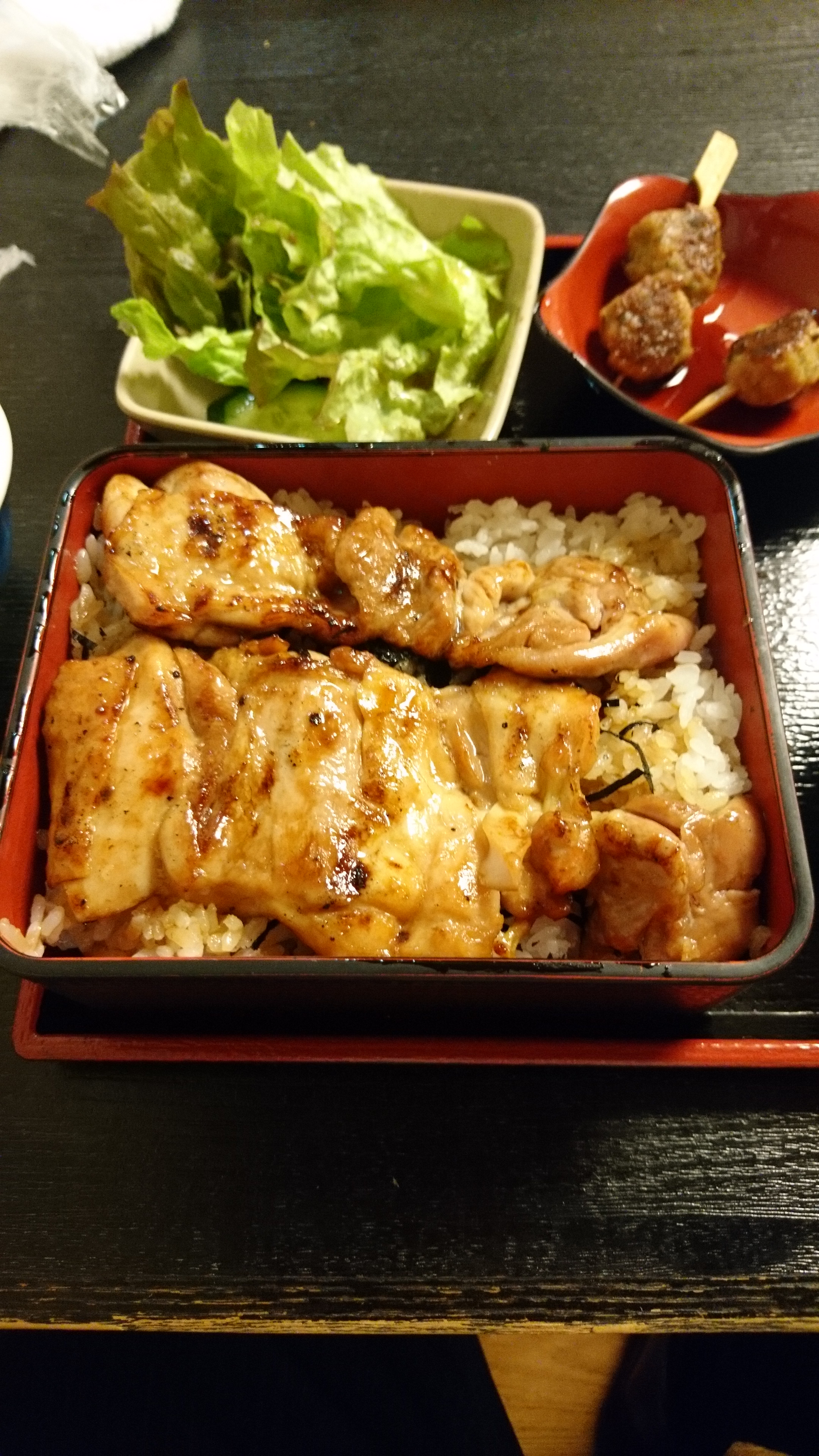
“Kiji” means pheasant.
The meat was nicely chewy, and it contained perfect amount of fat.
It was cooked perfectly as well.
This is my first “Kiji” food……. But it’s really like chicken…. Is my tongue blunt?
I was worried about my tongue’s sense.
However, I found an interesting thing when I looked up “Kiji-Yaki” on the internet.
The following is from “Cooking Terms Dictionary” in “Lettuce Club News”.
Kiji-Yaki
It is one of the grilled foods which is grilled chicken or fish pieces such as bonito, yellowtail, or mackerel soaked in the special soup made with soy sauce, sweet sake, and sake.
“Kiji” means pheasant, and pheasant was regarded as a delicious food from the Muromachi period to the Edo period. People wanted to taste pheasant, and they made a pseudo food like pheasant meat, which became the origin of “Kiji-Yaki”. The alternative ingredient for pheasant was often fish in general, and Tofu in vegetable diet (Shojin).
I see……!
“Kiji-Yaki” was not a grilled pheasant meat, but something made to imitate pheasant!
I got releaved to know it. My tongue was not so blunt^^;
It’s understandable about “Kiji-Yaki” of normal chicken, but I was surprised at fish “Kiji-Yaki”. It’s kind of Japanese unique food which was made to experience something hard to get, or becomes even better than the original with unique techniques.
Wait, what do we call the real grilled pheasant then?????
It wasn’t real pheasant, but the pieces were thick and had nice texture. I liked it.
The sauce for it was not so sweet like tsukune, but more soy sauce-flavored, I thought. The strong soy sauce flavor went great with rice.
It was so satisfying! I finished the meal.
The dinner menu must be good as well seeing this quality.
Conclusion – the end of regular treatment
After lunch, I went back to the clinic, and my doctor said that I could finish the regular gout treatment.
My uric acid value was 9.0 (the maximum of the normal value is 7.0) which was more than the normal level.
However, I didn’t have symptom of gout, and the doctor concluded that my uric acid value and gout attack had no direct connection.
Meanwhile, my uric acid value was 10.4 at first, but it dropped to 9.0 without medicine after losing weight by 7kg.
The doctor said that the level would go back to normal if I kept losing weight, and there was no need to come to the clinic unless I have symptom.
Really? Then, what was that horrible pain which I thought to be gout attack??
I asked so to the doctor, and he didn’t give me clear answer^^;
I was happy to hear that my condition recovered that much, but I also felt lonely about no more lunch in Kayaba-cho.
Well, I can still try dinner at restaurants there and have research of Nihonshu.
I finish work earlier recently, so I’d like to try some of those old restaurants in dinner time.
I will report it if I do it!
It's our great pleasure if this article is helpful for you.
Comment (0)
No trackbacks yet.

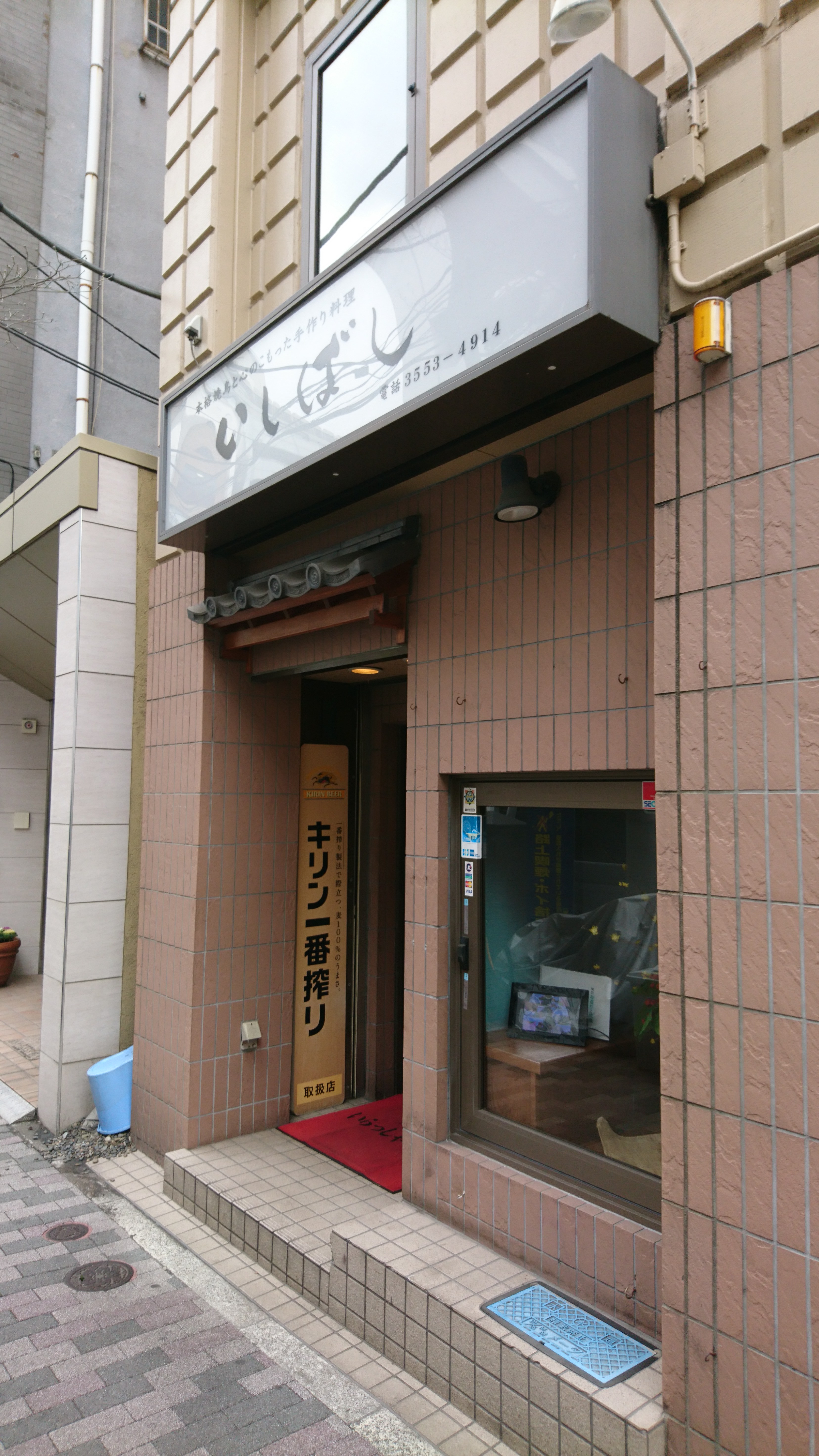
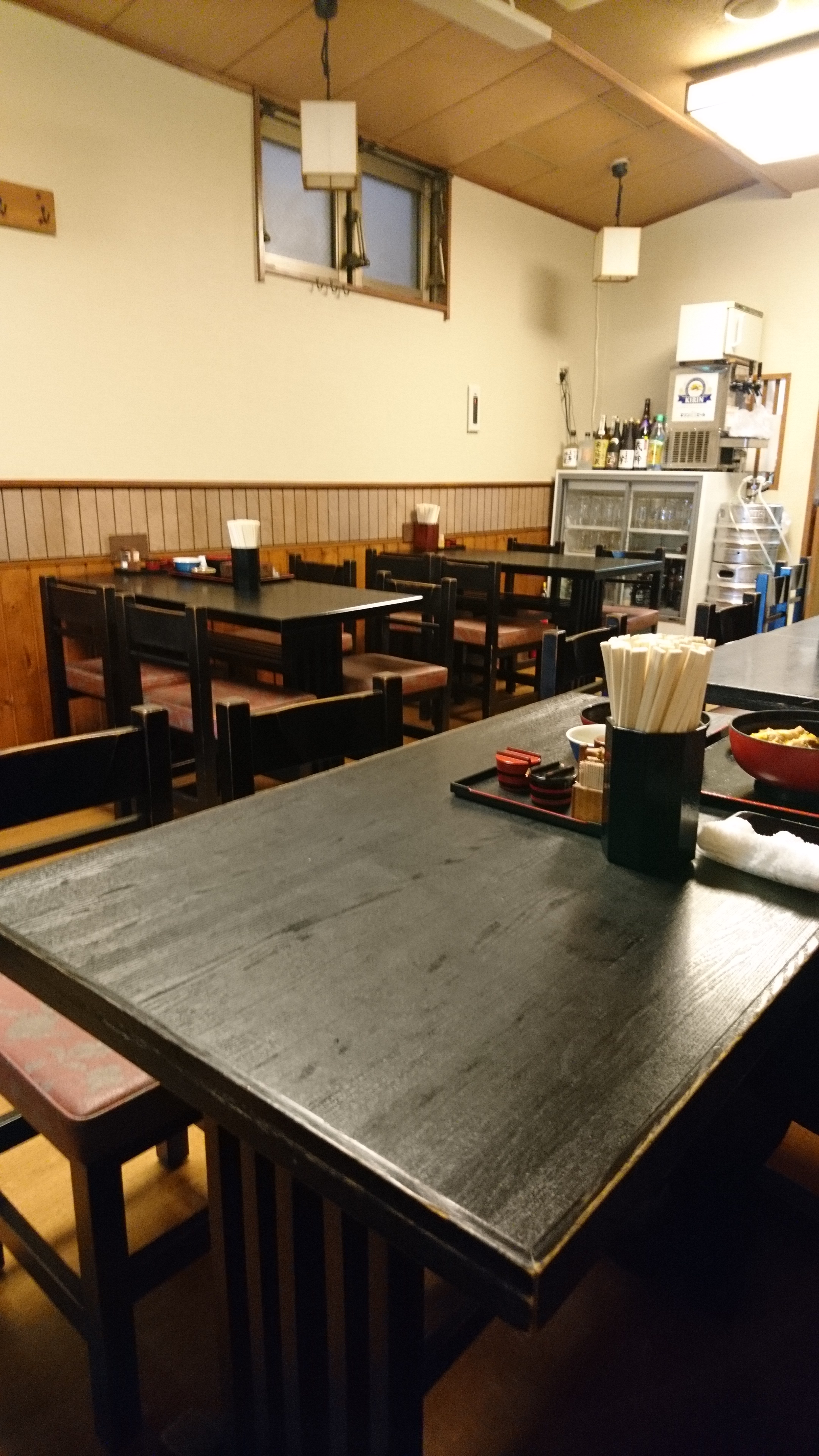
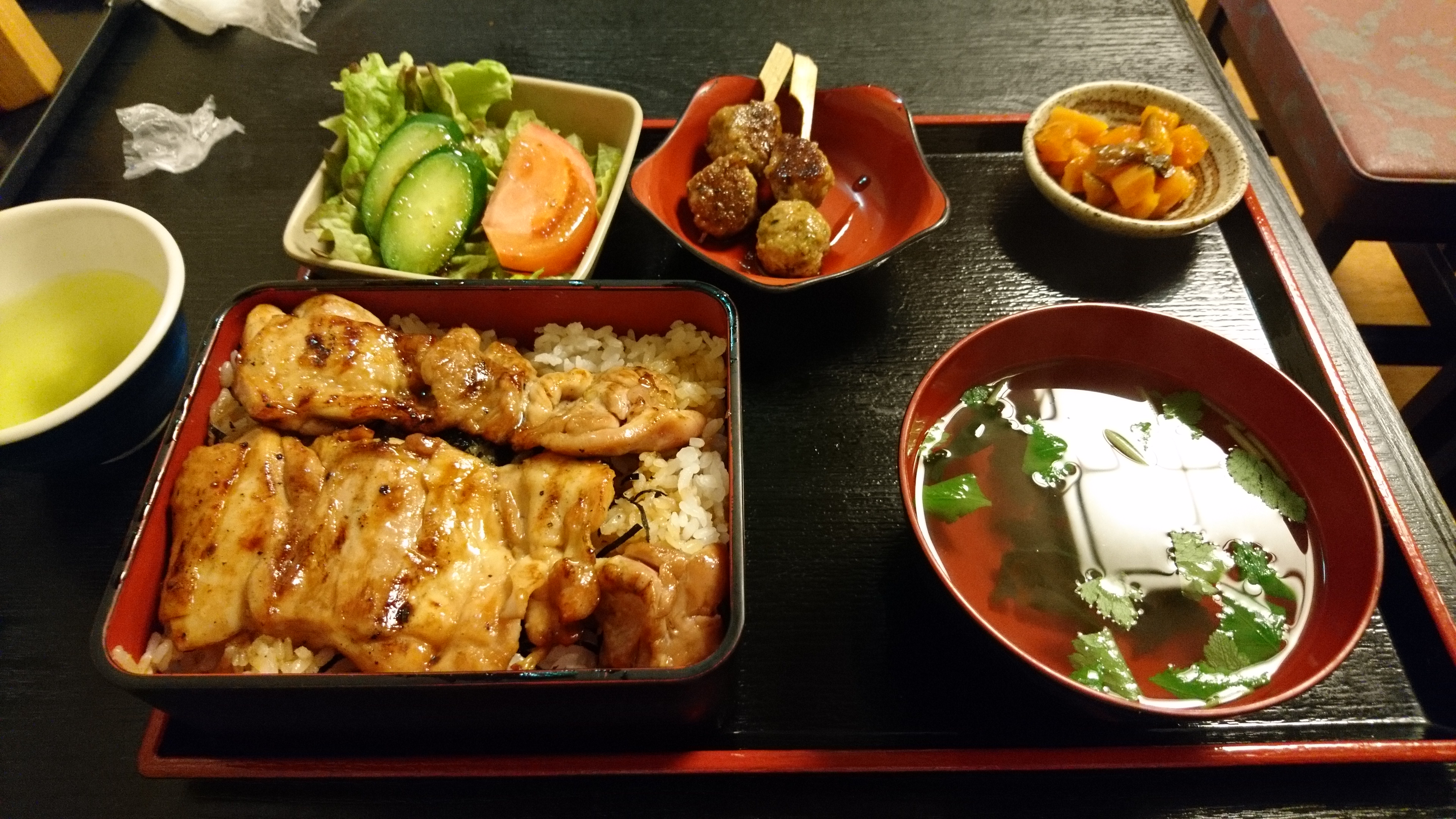
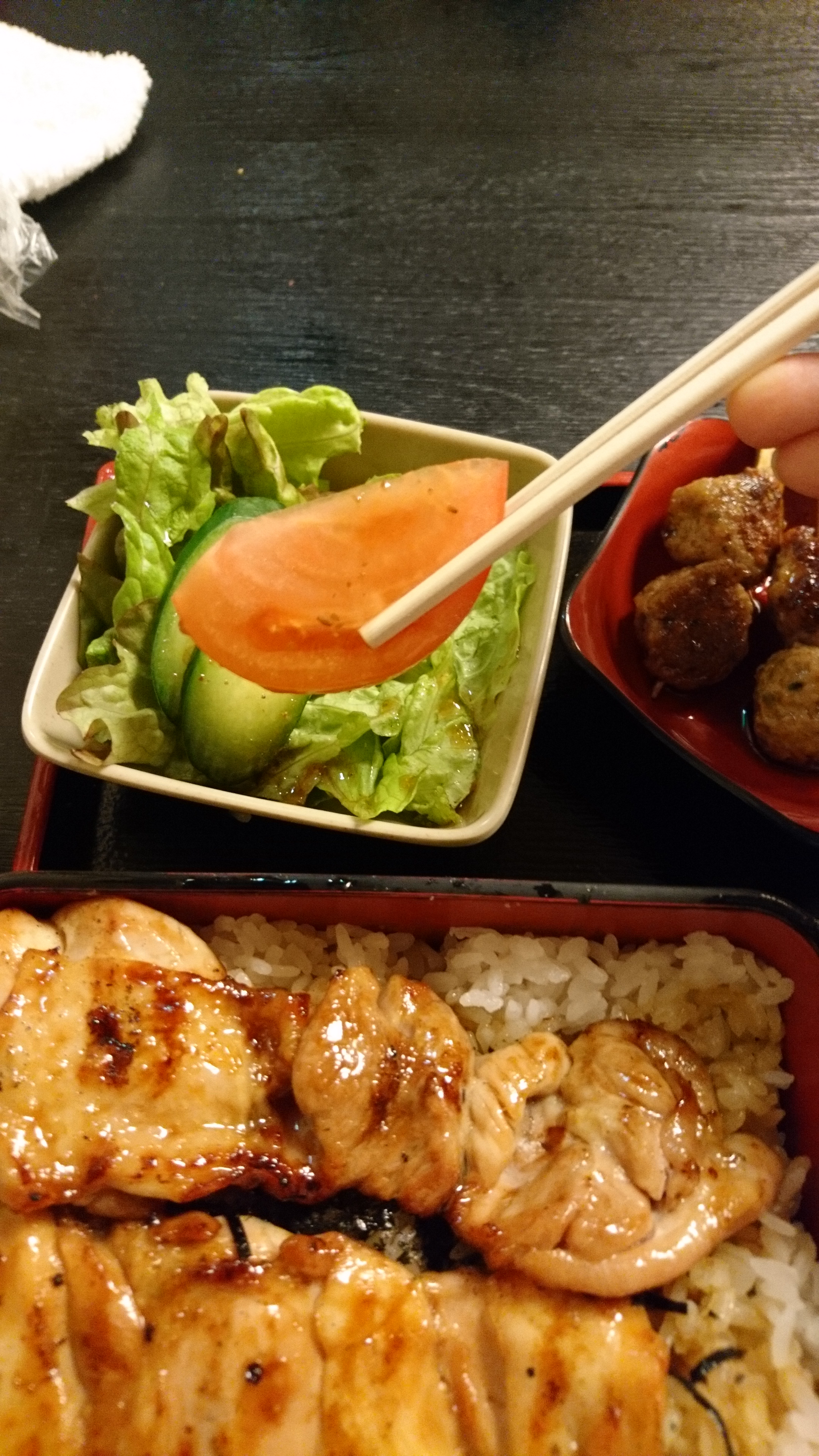
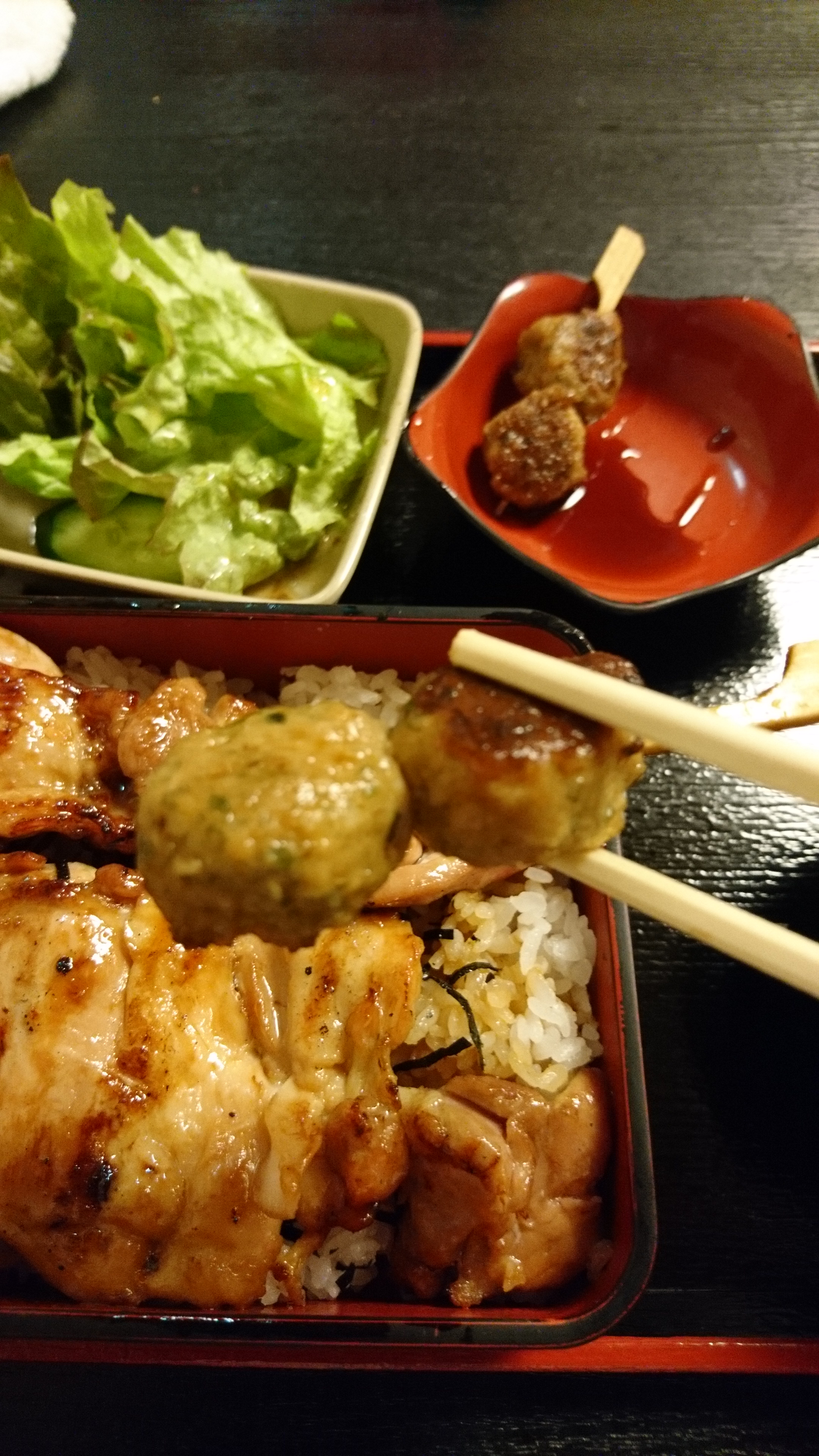
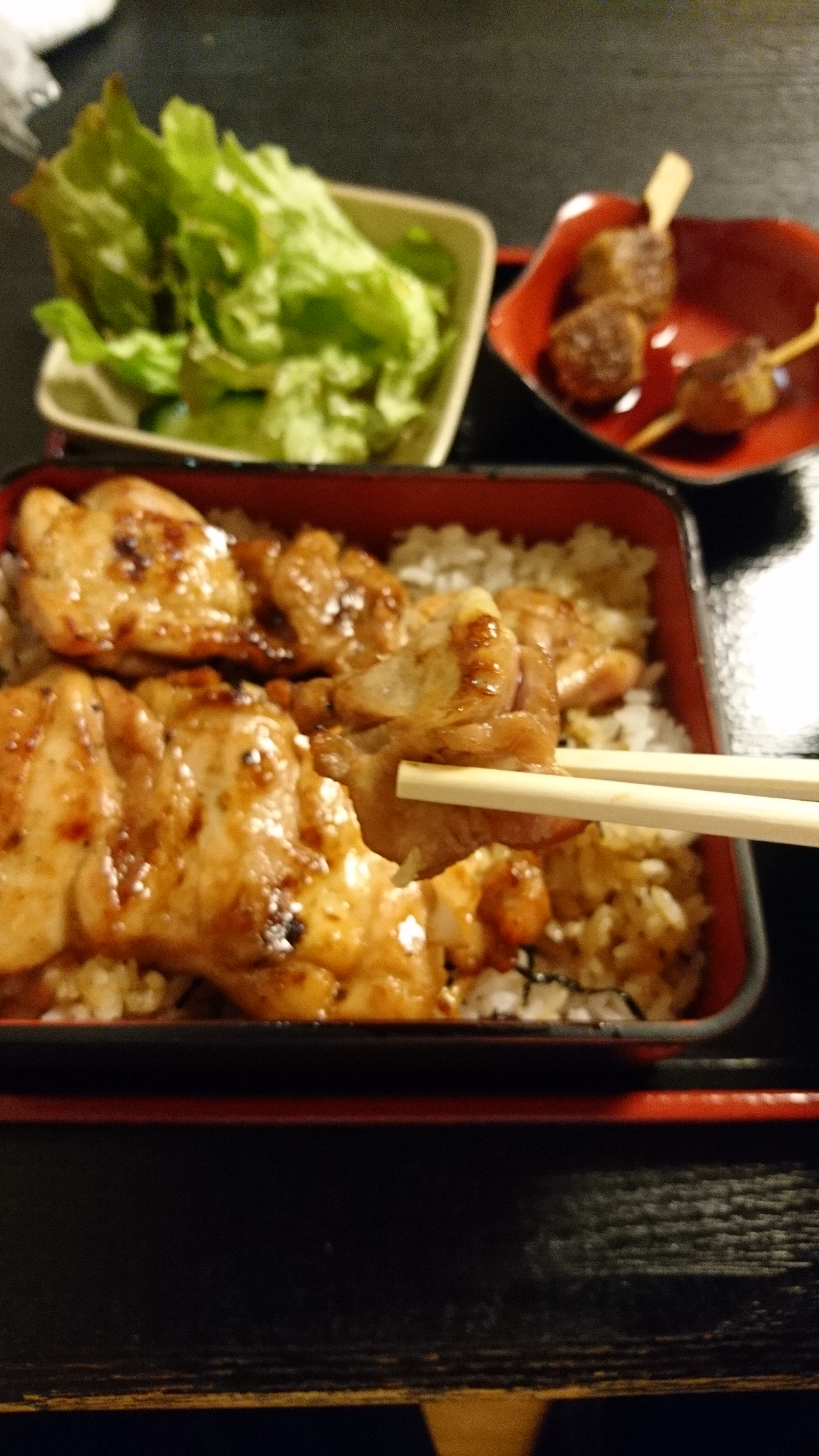
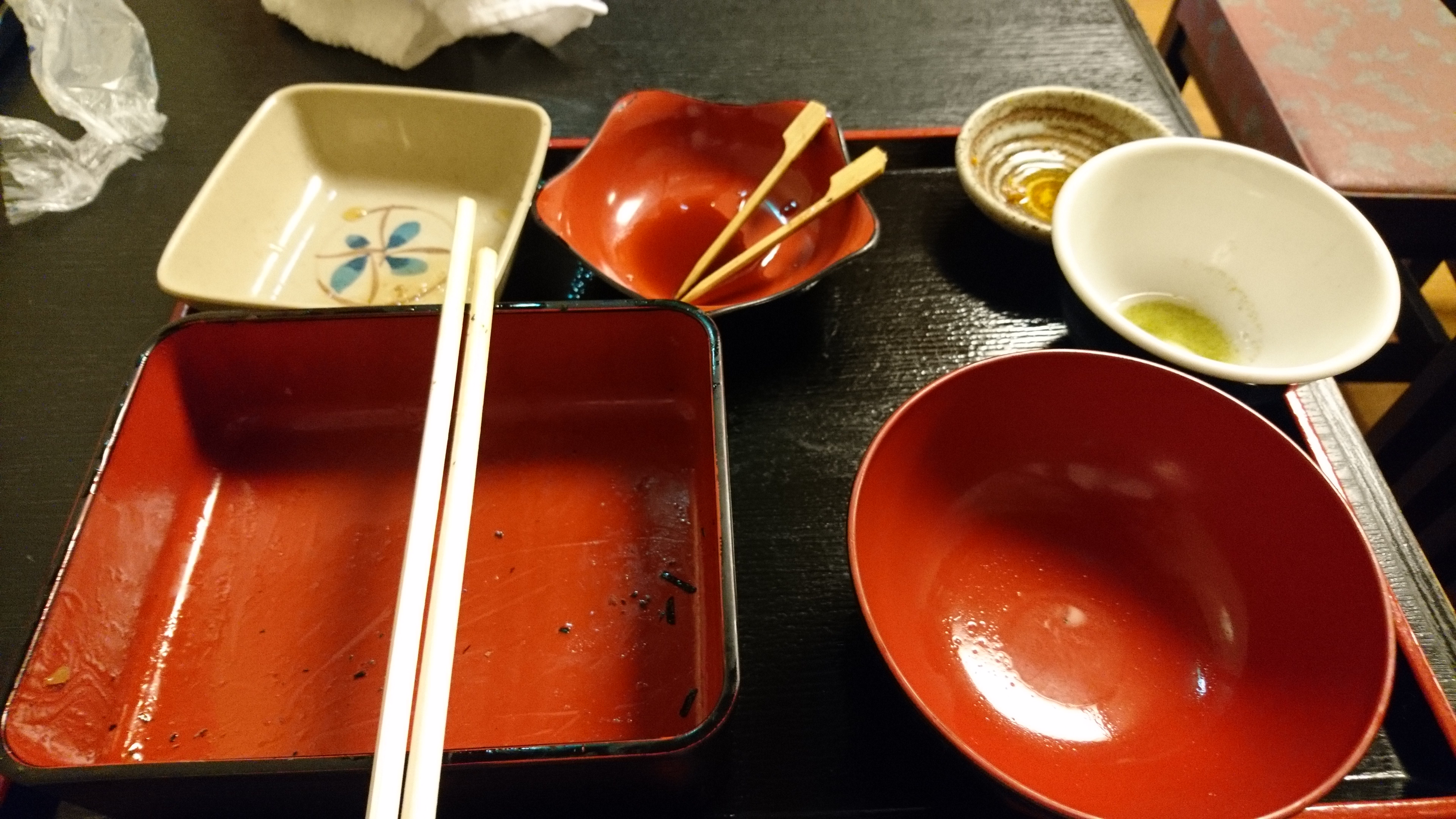
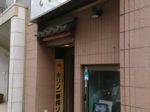
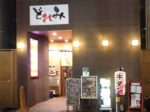
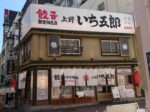
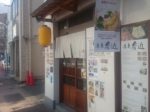
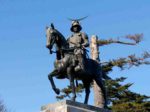
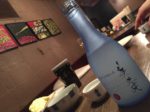

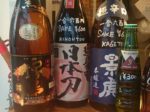
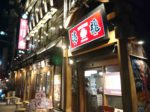
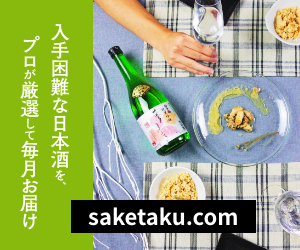
No comments yet.